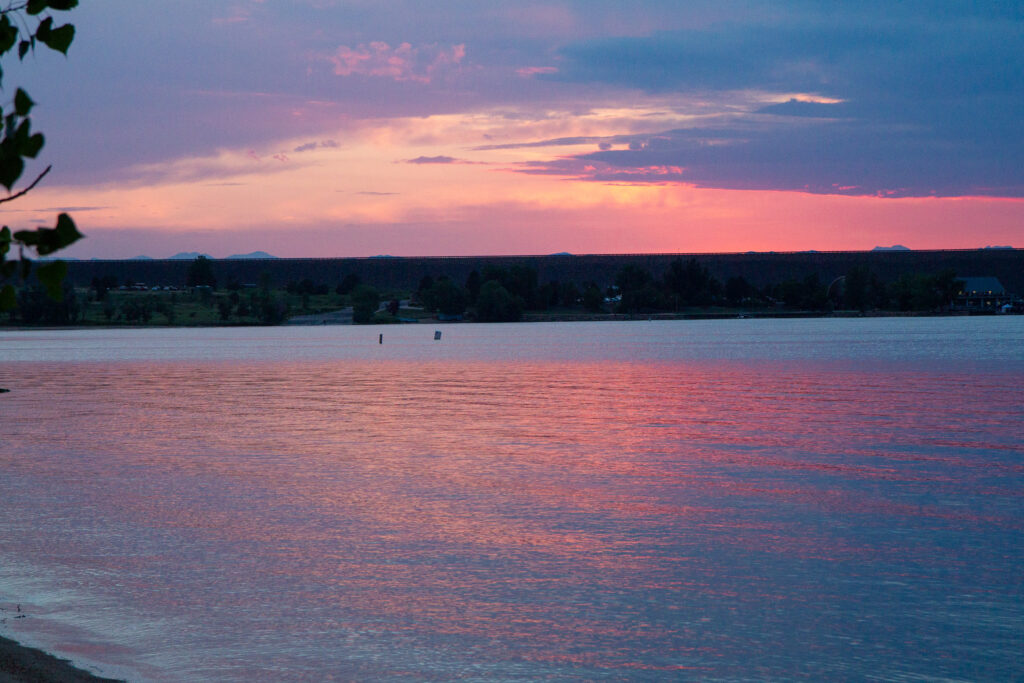As we head into Spring, it’s normal for water reservoir levels to be low before the snow melt comes down to replenish them. This year, levels are lower than usual across the West. Lake Powell, the second largest reservoir in the US, has seen its levels drop to an historic low and the Sierra Nevada snowpack has fallen to its lowest level in seven years. Even the smaller reservoirs like Ruedi in Colorado are seeing similar low levels. If these levels are not restored, this will lead to major problems for irrigation, drinking water and generating electricity.
This may sound overwhelming, but there are some things that you can do to help. To start, try using less electricity to conserve as much as possible, such as turning the lights off when you go out of a room. Also, try taking shorter showers, unplug electronics that aren’t in use, and make sure to recycle. These are just a few examples to keep in mind while the water is still running low.

Source Cited
Becker, Rachel. “Sierra Snowpack Worsens, Falls to Lowest Level in 7 Years.” CalMatters, 1 Apr. 2022, calmatters.org/environment/2022/04/california-sierra-snowpack/.
Journalism, Heather SackettAspen. “Ruedi Reservoir at Lowest Level in Two Decades.” VailDaily.com, VailDaily.com, 5 Apr. 2022, www.vaildaily.com/news/ruedi-reservoir-at-lowest-level-in-two-decades/.
Torres, Jorge. “Water Crisis at Arizona’s Lake Powell.” KNXV, KNXV, 6 Apr. 2022, www.abc15.com/weather/impact-earth/water-crisis-at-arizonas-lake-powell#:~:text=Back%20in%20mid%2DMarch%20of,in%202017%20compared%20to%202021.
The photos are beautiful!!!!!